The Art of Imperial China
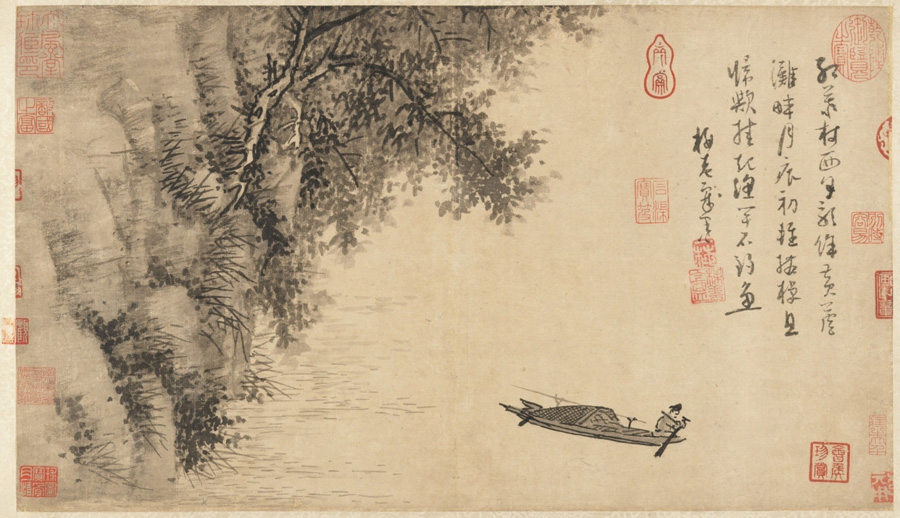 |
| Wu Zhen; Fisherman (Yuan Dynasty) |
Art History
Chinese art is mostly associated with landscapes and "bird-and-flower" paintings. The Imperial Age of China perfected both color painting and color printing, but some artists, such as those of the Shanghai School, focused on paying homage to traditional techniques. Calligraphy, the art of writing, was also prominent in Chinese art, and in the Imperial Age scholars turned to ancient writings for inspiration in their calligraphy.
The start of the Imperial Age introduced porcelain. It was refined to such perfection that today the term for high-quality porcelain in the west is referred to as "china" in English.
As art, in the multiple forms it took through the Imperial Age, progressed through the Yuan to the Ming Dynasty, the common themes of rich landscapes, high-quality craftsmanship, and hints of both Buddhist and Taoist influence throughout the ages was prominent.
Popular Chinese Art Pieces
 |
| Zhao Mengfu: Autumn Colors on the Que and Hua Mountains |
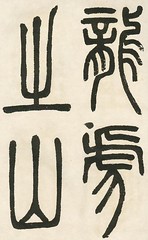 | |
| Deng Shiru (Qing Dynasty) |
The start of the Imperial Age introduced porcelain. It was refined to such perfection that today the term for high-quality porcelain in the west is referred to as "china" in English.
 |
Popular Chinese Art Pieces
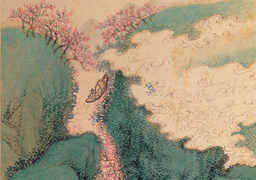 |
| Wang Hui: Peach Blossom, Fishing Boat |
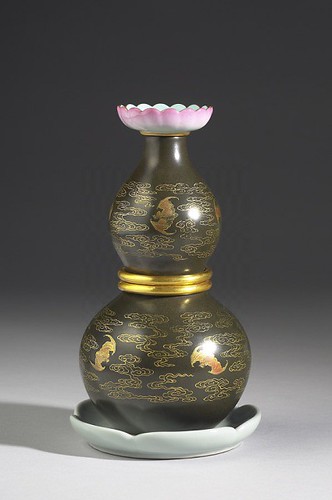 |
| 磁胎洋彩官釉金花葫蘆轉旋瓶 |
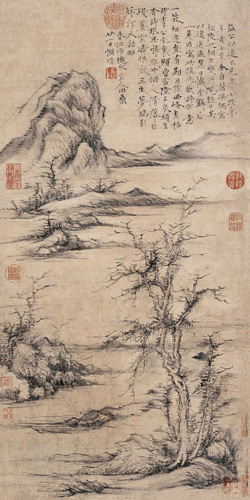 |
| Ni Zan; Sorrow While Traveling (Yuan Dynasty) |
 |
| Wu Li; Green Mountains and White Clouds (Qing Dynasty) |
No comments:
Post a Comment